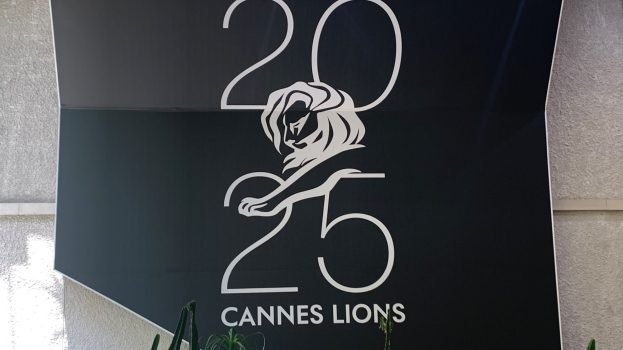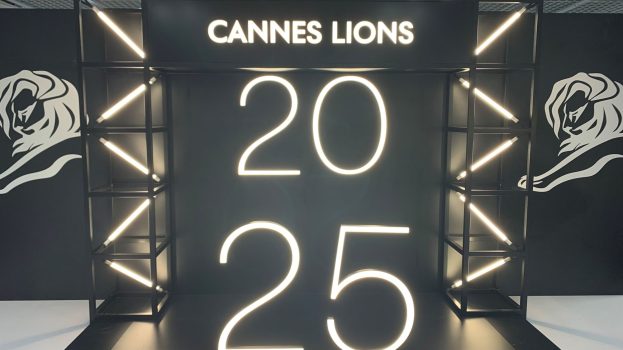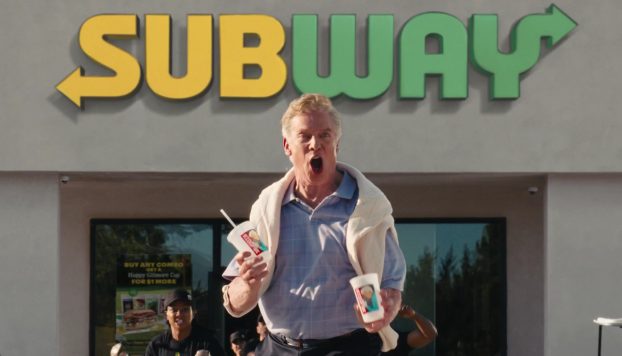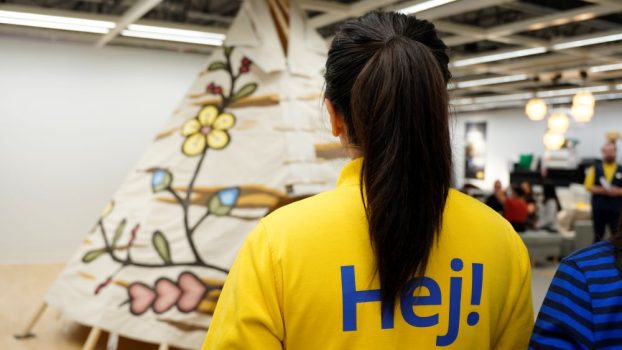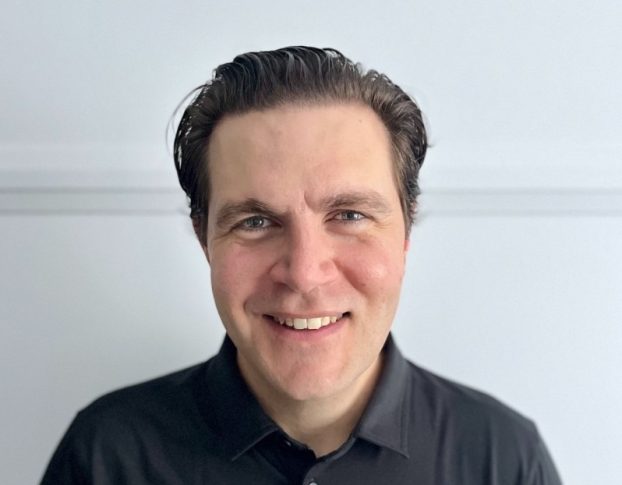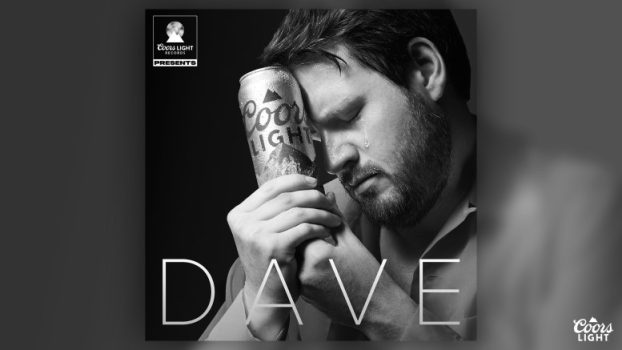Twenty years after joining forces with Alan Gee to found Toronto-based Gee Jeffery & Partners (GJP) – and almost six months after the agency surprised everyone by rebranding as Blammo – Peter Jeffery is stepping down from his post as president and CEO.
Jeffery started his career with Allied Lyons in the U.K., before joining Ted Bates in Montreal in the early 1970s. A position as the agency’s account director on Nabisco and Colgate Palmolive brought him to Toronto, after which he became senior VP international in New York. When Saatchi & Saatchi bought Ted Bates in 1986, Jeffery returned to Canada as a partner at MacLaren Advertising.
After launching GJP in 1991, he built up the new agency with account wins that included Rogers Wireless, Canadian Airlines, TD Bank, Peoples Jewellers, the LCBO, Vincor and the Canadian Toyota Dealers Association. He led an expansion into the U.S. in 2000, opening offices in San Francisco and Cincinnati. Recent years have seen Jeffery acting as an advisor to a new group of owners led by ex-DDB CD Andrew Simon.
As Jeffery rides off into the sunset this month, we asked him for his parting thoughts.
You’ve spent 40 years in the advertising industry. How has it changed in that time?
My memory is that 40 years ago this was a gracious, thoughtful and brilliant industry. And one that commanded considerable respect. Today it is occasionally some of those things but none of them consistently. I don’t think that is because the industry lacks talent. It still sparkles with creative genius and real consumer insight. But lack of time, lack of intellectual discipline and lack of integrity have all cost us the position we once held and still aspire to.
How has GJP changed over the years, aside from the name change to Blammo?
I’d like to say that GJP has been immune to the culture changes that have rocked the industry, but that would be the ad man talking. So, a little guilty of some of the above. But because we have been independent and masters of our own destiny, we have mostly been change leaders for the better. For instance, we incubated an online company in 1999 – well before the digital universe was recognized by all. We brought branding and design into GJP at about the same time. Our media director leads our engagement and social media discipline. Forward-thinking is something that Blammo will pursue under the mantra of “thoroughly unexpected.” It’s good to know this will continue under an exciting new leadership.
What were your goals for GJP when you first launched the agency?
My goal, frankly, was a bit arrogant. I wanted to show the industry how to build a really successful independent agency without “pandering” to whatever the fashion of the moment was. I think we did that. Alan and I became a “new business machine.” A string of high-profile account wins vindicated my belief that being a hip boutique was not a necessary ingredient to success. But I’m not sure that it ultimately was the right goal. Today I would prefer that the goal be to build an agency that digs deep, really listens and creates based on what it has heard. It’s surprising how few agencies can do that.
If you had to do it all over again, is there anything you’d do differently?
Over the years we had a fantastic complement of people. Robin Heisey, Brett Channer, Angus Tucker, Ana Dixon, Kevin Pfuhl, Lisa Greenberg are all exceptional talents, as were so many of their colleagues. Finding a way to completely integrate talent like this into the company, its ownership and its culture is something I would spend a lot more time on in a hypothetical restart. Over the years, we also won a lot of clients that were challenger brands only to see them be acquired or merged. So I think I would put “change of control/golden parachute” clauses in all client contracts! I did that just once. Not nearly often enough.
What’s the accomplishment you’re most proud of?
Definitely that I built and then rebuilt the business. Once was great but to do it a second time, after we had our “annus horribilis” in 2000, was something I’m really proud of. Not many people know that in 2000, we were hammered by client mergers, acquisitions and remakes; Canadian Airlines, Cantel, Peoples, TD, Silcorp – they were all big clients for whom we were doing great work and suddenly 70% of our revenue was gone. But Alan and I dug deep and quickly rebuilt. Fairly soon after that, we were named “One of Canada’s 50 Best Managed Companies.” That is certainly something I am proud of given that many in the industry thought we were down and out.
What was the most memorable project you’ve worked on?
In 1997, we persuaded Cantel to let us create a campaign, under the guise of a mock movie trailer, asking patrons to turn their cellphones off in theatres. It became an epic campaign. Theatre patrons literally stood up and applauded. We won Lions and Clios for this work and then we syndicated it in the U.K., Australia, New Zealand and South Africa. That paid for the entire production and we had also persuaded Cineplex to run it gratis as a public service. The whole thing cost Cantel not one penny and we made some good money on the syndication.
What are your plans now that you’re stepping down?
There will be a lot of travel this year and next, including a motorcycle tour of Cambodia, Laos and Northern Thailand, if my wife okays that, and some sailing in the Virgin Islands. I have two consulting projects, both of the “help me build my business” type, that are immensely interesting and will need some time over the next year or so. I’d like to do more of that, including some industry-related work, and still have plenty of time for the golf course.
What advice do you have for the team at Blammo?
Be true to the things that really matter to clients, starting with listening well and telling them firmly when they are wrong or when there is a better idea.
Any other last words you’d like to share?
As a final word to the industry: bring some focus back to the kind of research and analysis that studies why and how consumers choose brands and buy from them. Apparently, purchase decision modelling isn’t cool today. Yet it is one of the most fundamental tools for understanding consumer behaviour. My advice: you cannot create effective campaigns and generate measurable results unless you understand “how people buy things” – which was the title of a booklet I wrote once for GJP and will likely be the focus of some consulting I do in the future.
Tales from the trenches
“Peter was always uncannily smart at new business. One of our biggest wins was getting the Canadian Airlines account when we were a relatively small agency (about 25 people). After the initial surprise of getting to the final long list, we heard that the client was coming in from Calgary for an on-site visit. My initial reaction was to fill the boardroom with lots of people, do the proverbial dog and pony show, to demonstrate how robust and strong we were. Peter said, ‘No, Alan, I think we should do it with just you and I.’
When the time came for the client visit, two relatively young people from Canadian arrived somewhat over-awed by visiting so many agencies. When they realized that they were only going to be meeting with Peter and I, they visibly relaxed and really opened up to us. Apparently every other agency had put so many folks into the meetings that they felt completely overwhelmed.
When we finally met with the bigwigs from the airline, they wanted to spend the entire day with us, which would naturally include lunch. I was eager to book a fancy, upmarket restaurant. Again Peter said, ‘I don’t think so, let’s make it burgers and beer.’ He was bang-on. The client turned to me at lunch and said, “I’m so happy you brought us here. All we’ve had is fancy food from all the other agencies. This is exactly what I love!” From there on in, I trusted Peter with the pitch process.”
–Alan Gee, partner, chairman, Blammo
“I ran DMB&B for 16 years and during that time, I competed often against Peter Jeffery in new business pitches. He always impressed with me with the extra effort and insights he brought to the client’s business, while still having fun – a measure surely of his professionalism and confidence. People succumbed to Peter’s sharp combination of business savvy and British charm and wit.”
–Rupert Brendon, partner, Aprais, and partner, Brendon & Reynolds
“My first experience with Peter was back in October 1998 as a young punk looking to take on my next experience in advertising. I remember Peter as intense, stoic and relentless as he pressed me over a two-hour interrogation to test my experience, intelligence and commitment to clients. In hindsight, that told me a lot about what it takes to succeed as an entrepreneur and a business leader. Pay attention to all the details and make sure you hire people that fit your culture and your clients.
I also learned from Peter the art of listening carefully. In your youth, you’re desperate to always have the ‘right’ answer because you believe your career depends on it. But Peter taught me to listen carefully first in order to build client trust, a relationship and true partnership. A phrase like ‘let me tell you what you should do’ had no place in Peter’s agency.”
–Kevin Pfuhl, SVP, managing director, BBDO Toronto
“With Peter, every day was a new adventure. Complacency is not in his nature, so we were always exploring and striving for more. It was exciting, but also exhausting! Peter has more stamina than anyone I have ever known. After a long day of work, he would lead the charge to the local pub and was usually the last to leave. There were great debates in the office because he loves to challenge but we would end each day laughing. I learned a lot from him about the business of advertising but he also taught me how to fully enjoy every day.”
–Ana Dixon, CFO, Joe Jackman Brand


